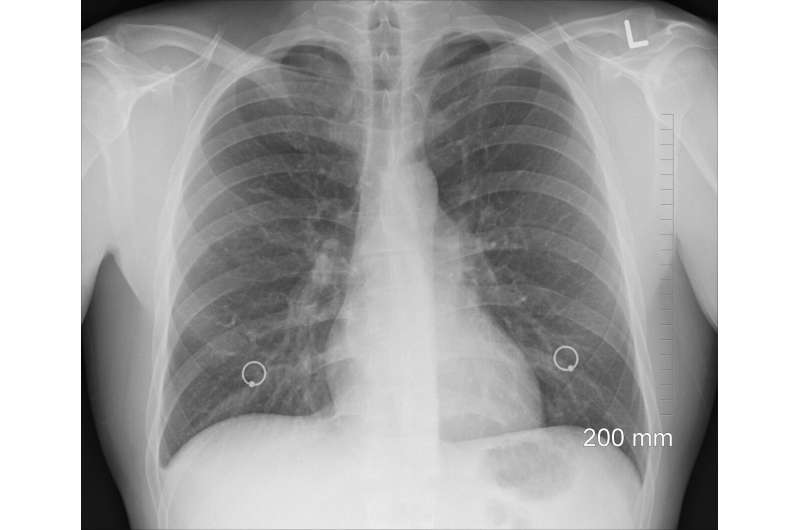This article has been reviewed according to Science X's editorial process and policies. Editors have highlighted the following attributes while ensuring the content's credibility:
fact-checked
peer-reviewed publication
trusted source
proofread
Addressing racial disparities key to eliminating TB, researchers say

Progress toward the elimination of tuberculosis in the United States has been stalled by significant racial and ethnic disparities often masked by state- and national-level data, say University of Michigan researchers.
According to the Centers for Disease Control and Prevention, 88% of reported TB cases in the U.S. are among racial and ethnic minority groups.
"There has been a lot of advancement in controlling tuberculosis, especially in resourceful countries such as the U.S.," said Maheen Humayun, first author of the study and a doctoral student in the Department of Epidemiology at U-M's School of Public Health. "But when you separate the data by race and ethnicity, you see that the burden of TB among racial/ethnic minorities is remarkably high, often as high as in high-burden countries."
A team of researchers from the U-M School of Public Health and the Arkansas Department of Health conducted a disaggregated analysis of TB surveillance data using detailed racial/ethnic categorizations in the state of Arkansas.
The study's findings, published online this week in the journal Emerging Infectious Diseases, found that Native Hawaiian/Pacific Islanders had the highest risk of TB in Arkansas, followed by Asian, Hispanic and non-Hispanic Black populations, when compared to non-Hispanic whites.
Furthermore, the research findings suggest that these racial and ethnic minorities in Arkansas were also more likely to have advanced and severe disease, suggesting inequitable access to timely and adequate TB treatment and care.
"If we really want to make the final push toward TB elimination, we will have to understand the TB epidemic as a health equity issue," Humayun said. "The low statewide aggregated estimates are misleading as they mask the underlying disparities that potentially fuel the remaining TB epidemic in Arkansas."
Nationally, rates of TB in the U.S. have decreased over the last three decades. While the U.S. is considered a country of low TB incidence overall, populations that have been socially and historically marginalized continue to bear a disproportionate burden of the disease.
Humayun says the disparities in the risk of advanced and severe disease are important public health metrics, particularly at the state level, for the development and implementation of appropriate intervention strategies to eliminate the disease.
"Race and ethnicity is an important social determinant of health," said Zhenhua Yang, associate professor of epidemiology at Michigan Public Health and senior author of the study. "Through the assessment of disease distribution and drivers of TB incidence across subpopulations we can determine the more targeted specific measures needed to eliminate tuberculosis and improve health outcomes."
More information: M Humayun et al, Racial and ethnic disparities in tuberculosis incidence, Arkansas, USA, 2010–2021,Emerging Infectious Diseases (2023). wwwnc.cdc.gov/eid/article/30/1/23-0778_article




















